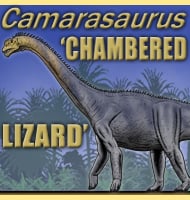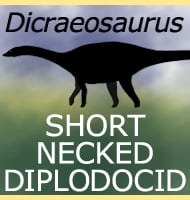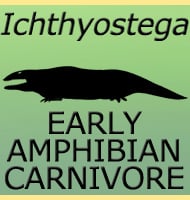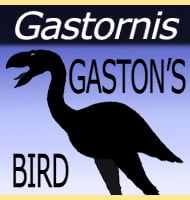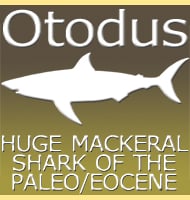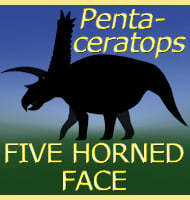In Depth
Though first described from a partial maxilla, the mosasaur Xenodens seems to have had very specialised teeth. These teeth are individually short and flattened into stout blade-like form, but when in the jaw, are tightly packed together to form what can only be described as a saw blade-like structure. Indeed, the type species name ‘calminechari’, is derived from the Arabic for ‘like a saw’. Tooth arrangement like this is not typically seem in tetrapod animals, but is seem in some fish such as certain piranhas and especially in dogfish sharks.
This tooth arrangement meant that Xenodens could have feasibly tackled a variety of prey animals from fish and squid, to shelled creatures such as crustaceans to possibly even scavenging the bodies of other creatures. Xenodens may have just as easily been a generalist feeder as a specialist one. Further reading
- Xenodens calminechari gen. et sp. nov., a bizarre mosasaurid (Mosasauridae, Squamata) with shark-like cutting teeth from the upper Maastrichtian of Morocco, North Africa. - Cretaceous Research. - Nicholas R.Longrich, NathalieBardet, Anne S.Schulp & Nour-Eddine Jalil - 2021.

